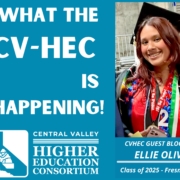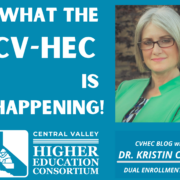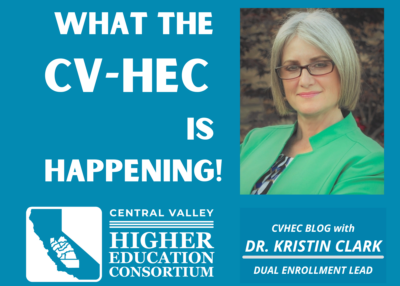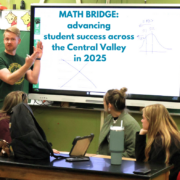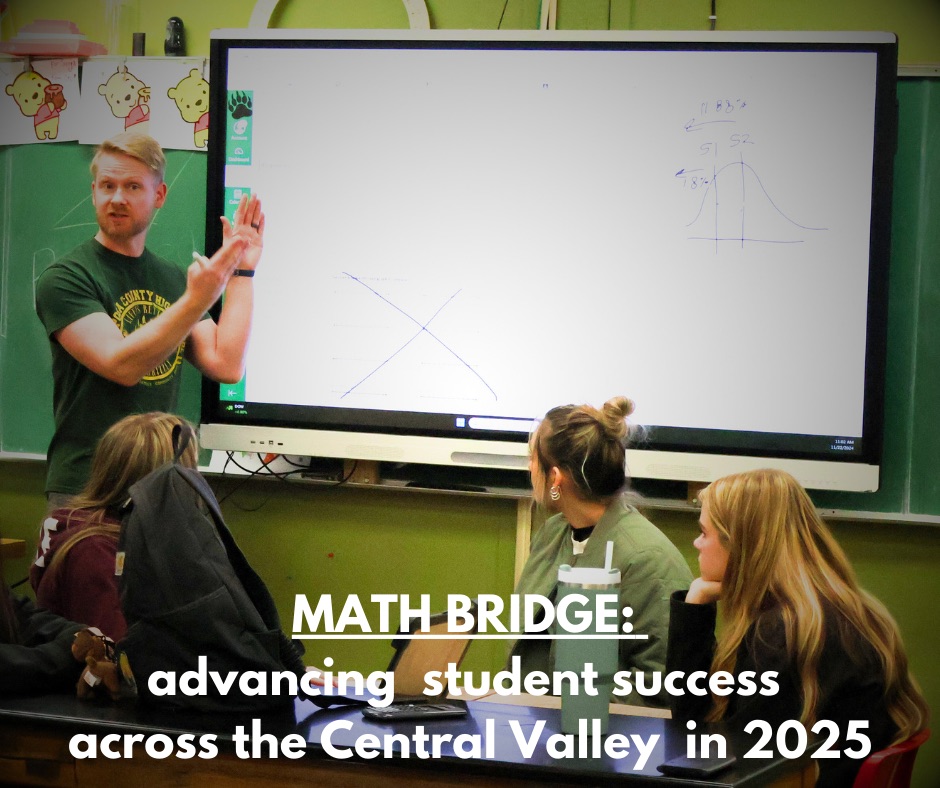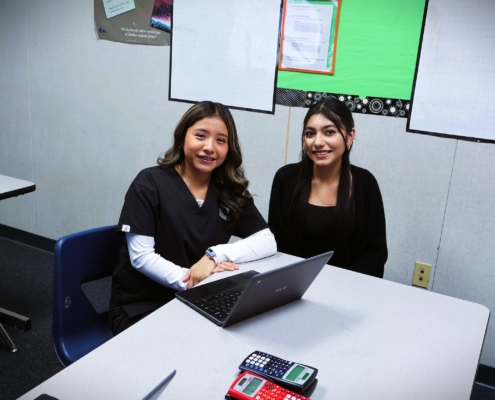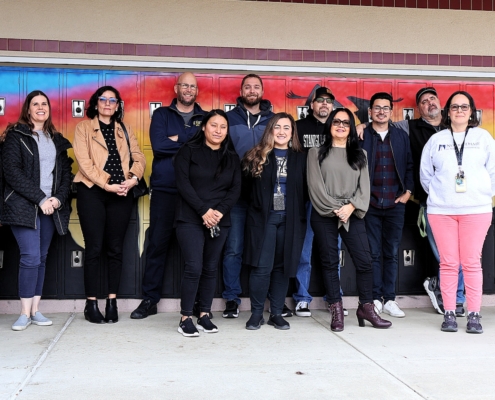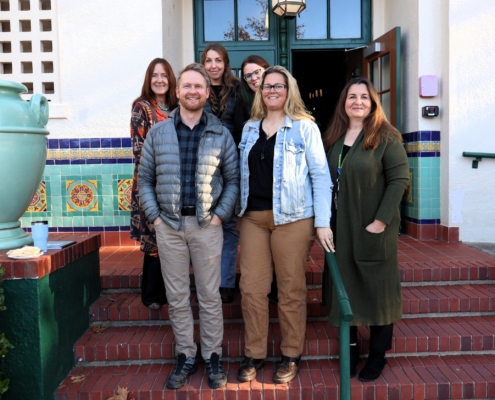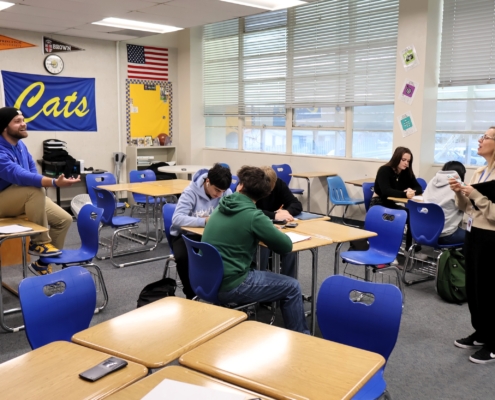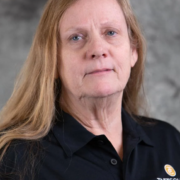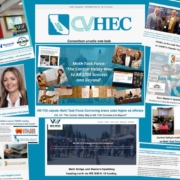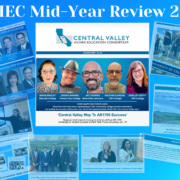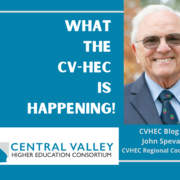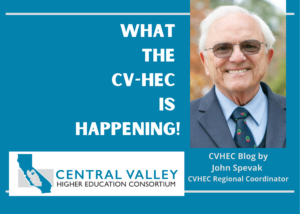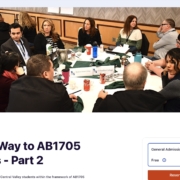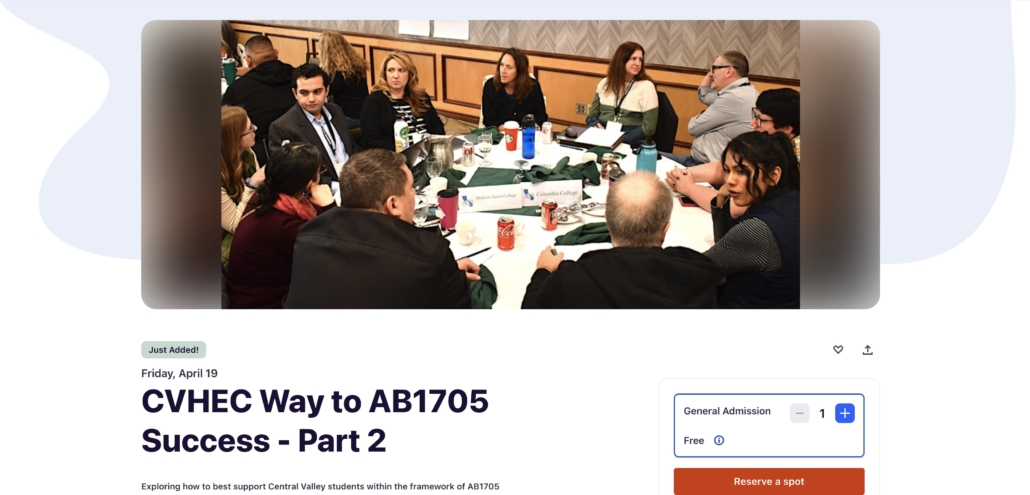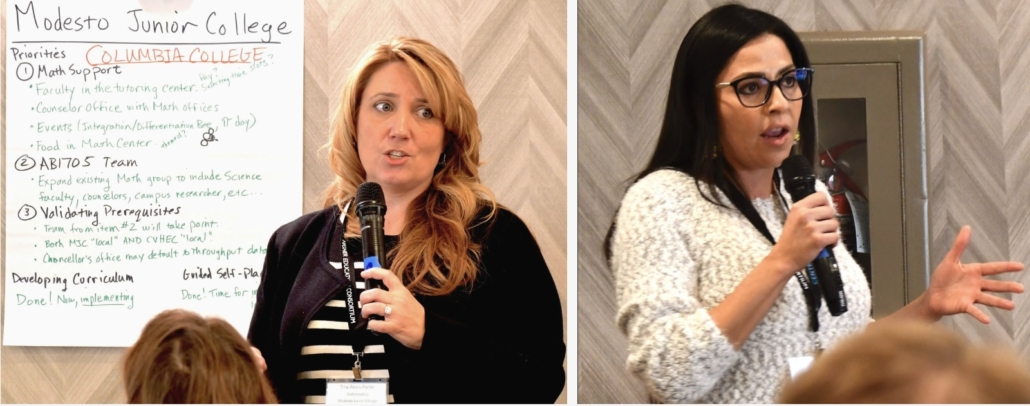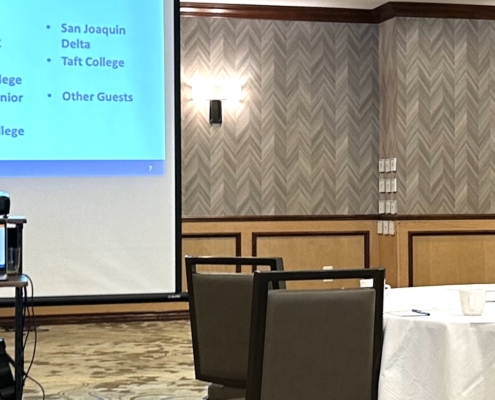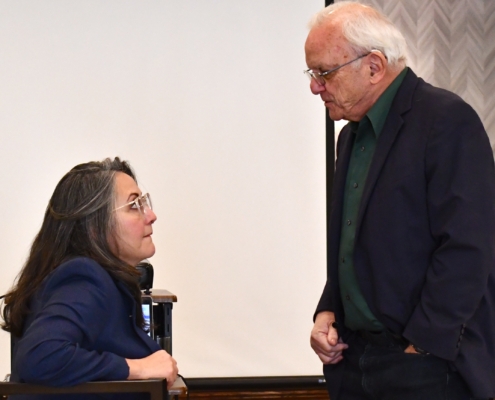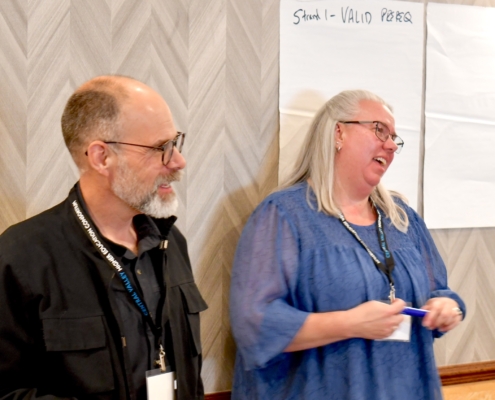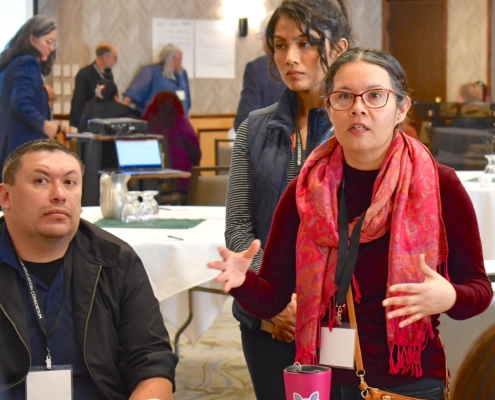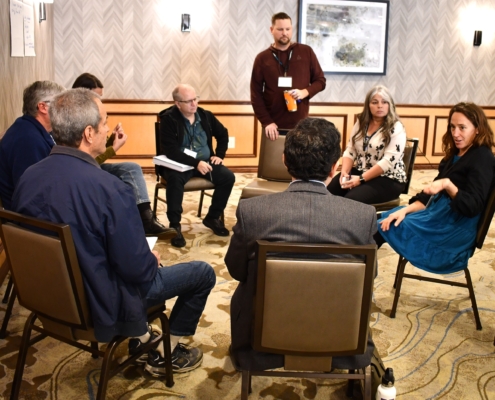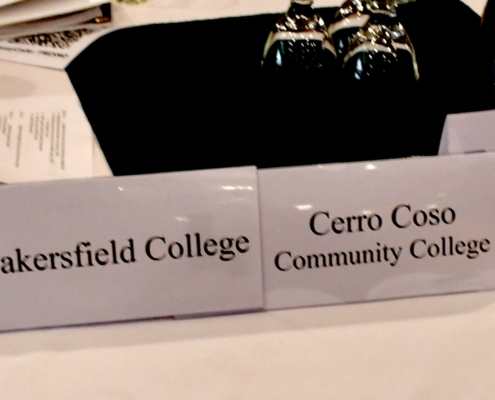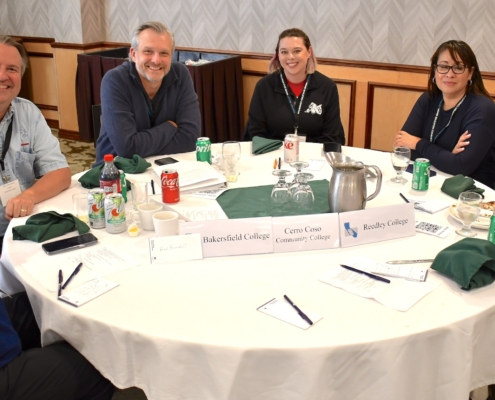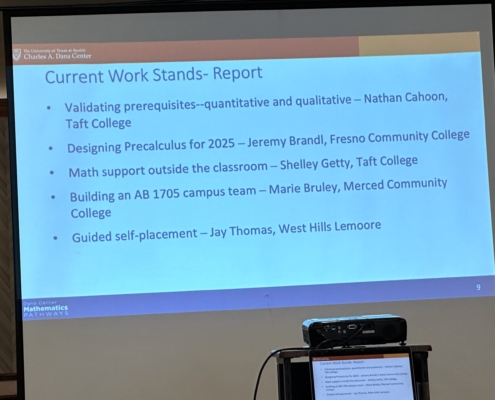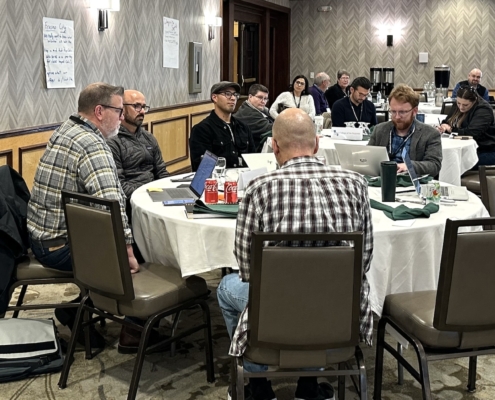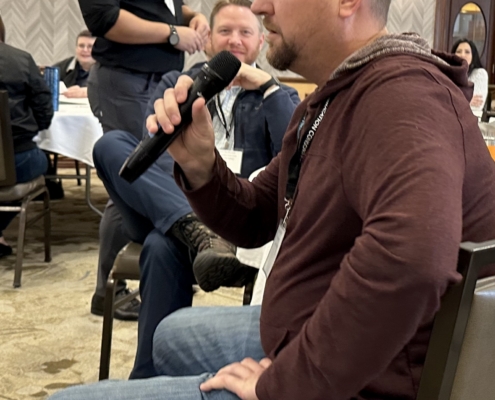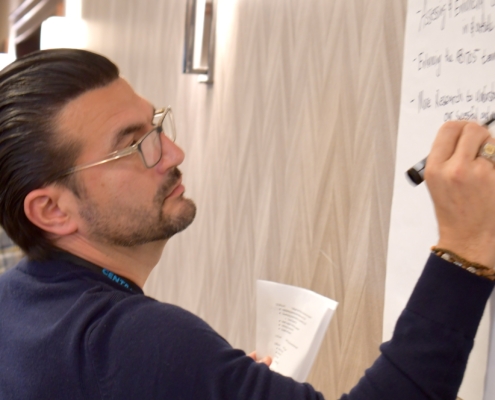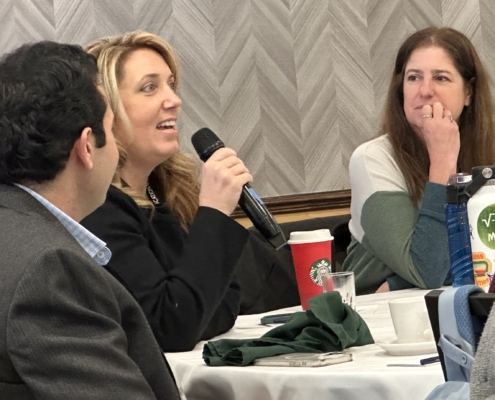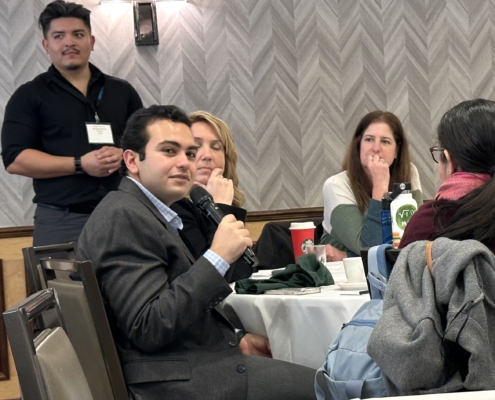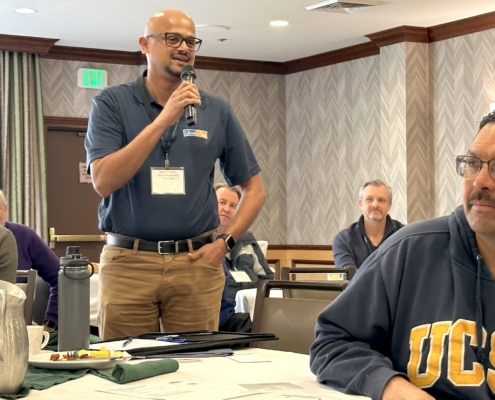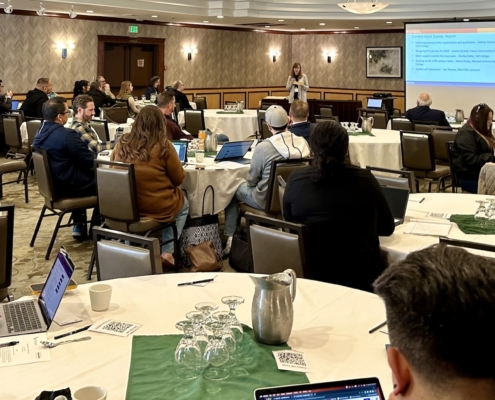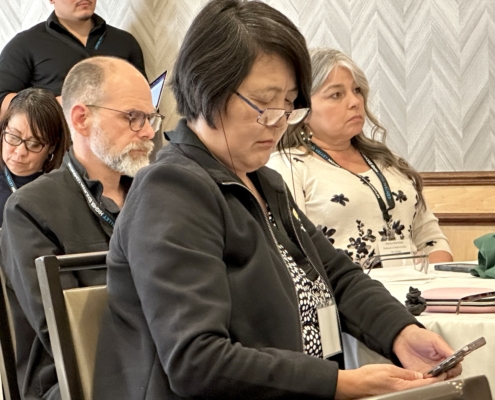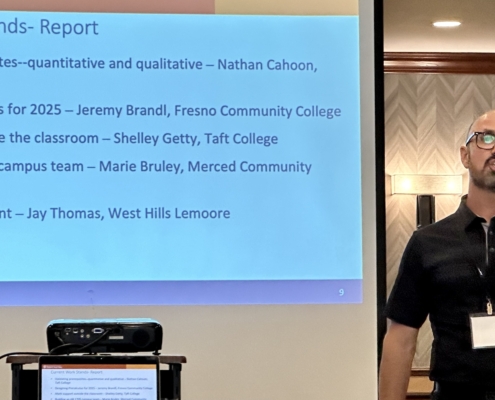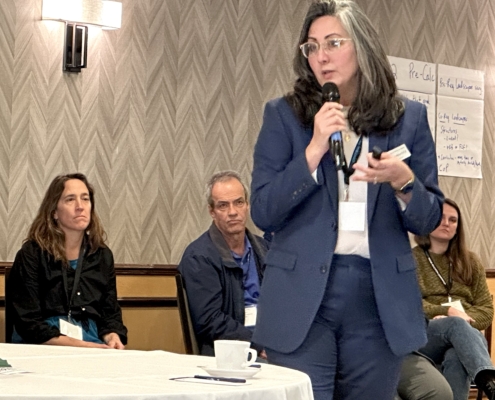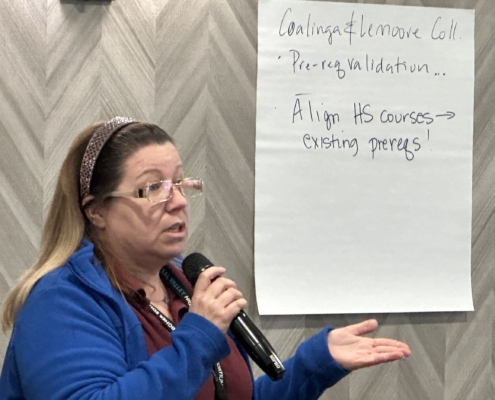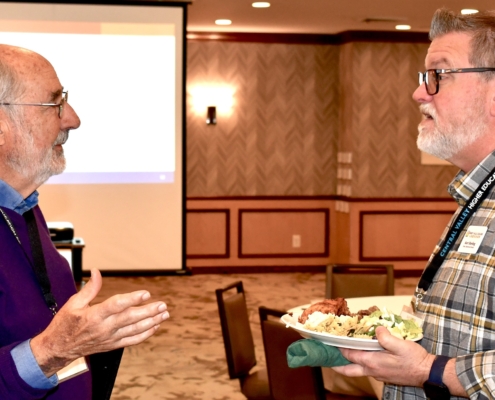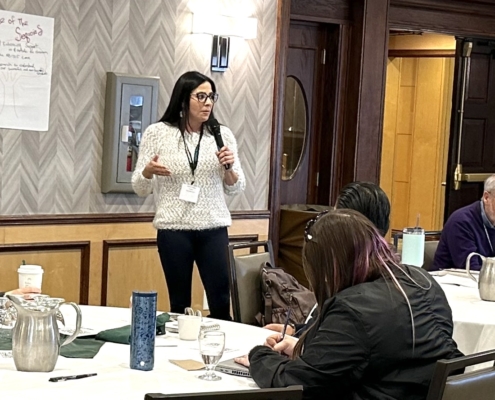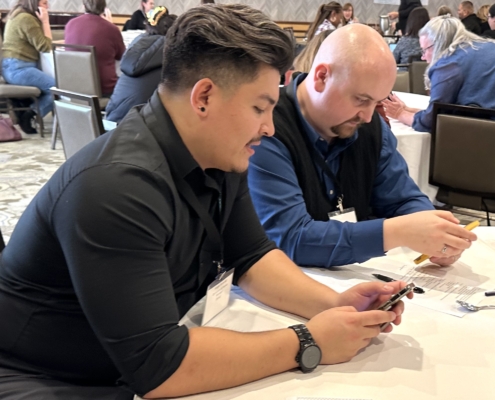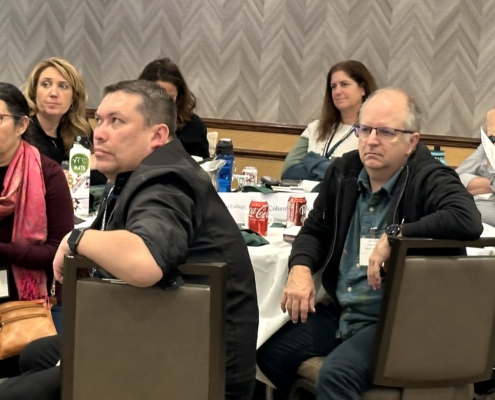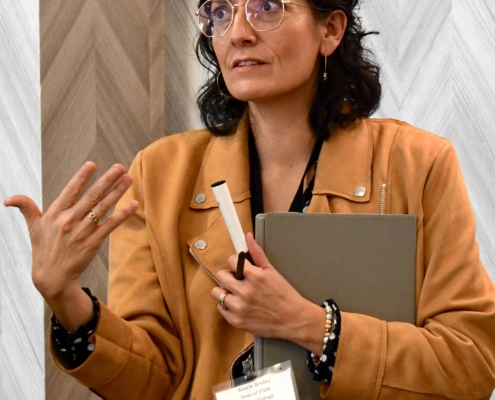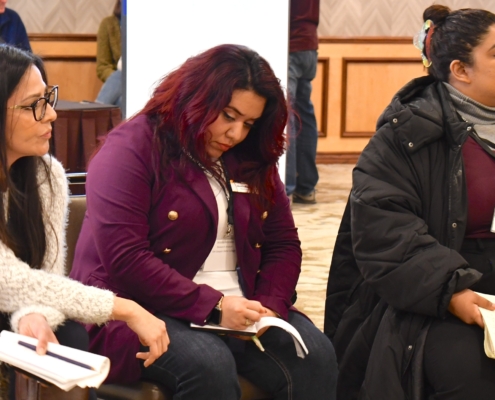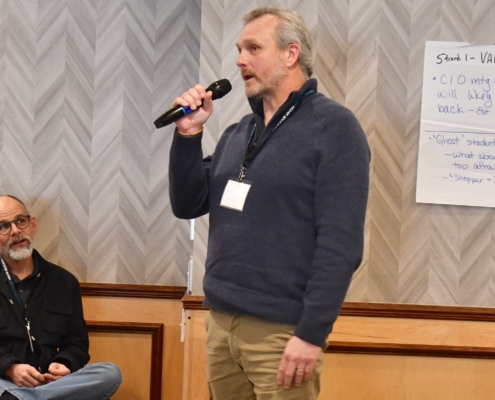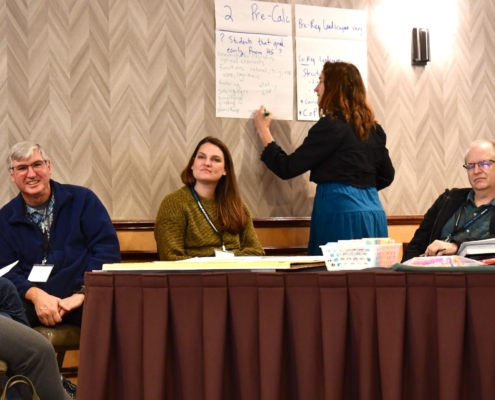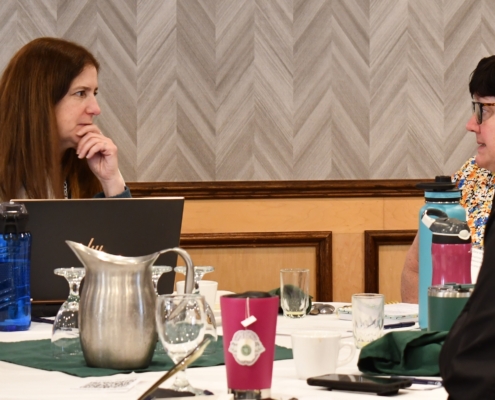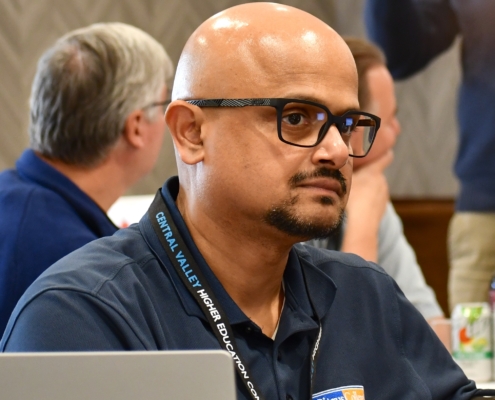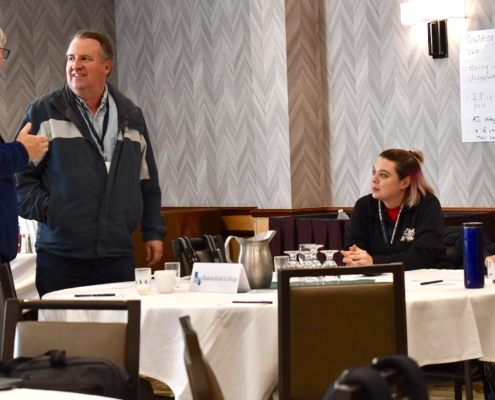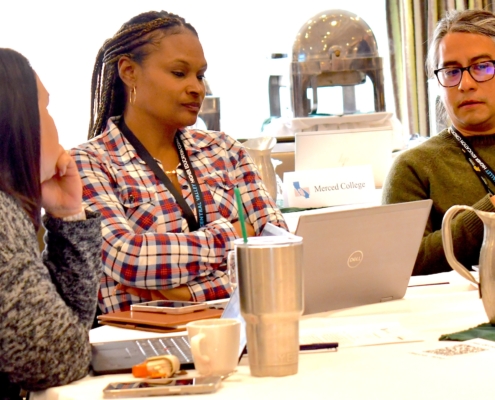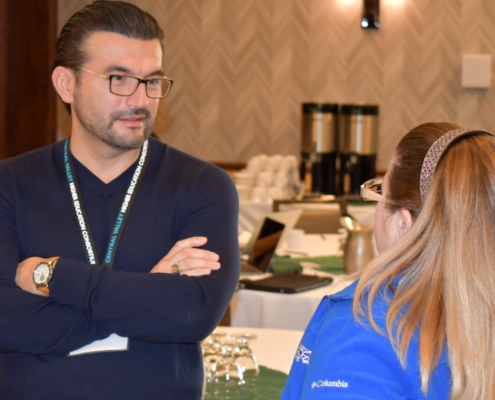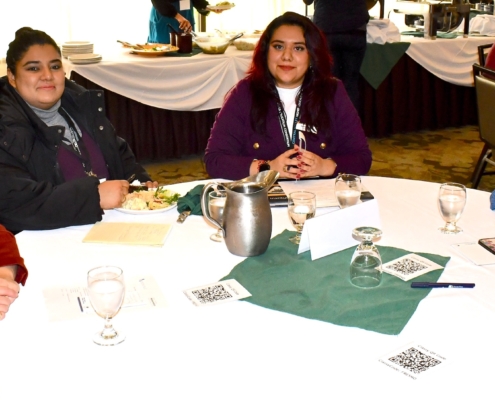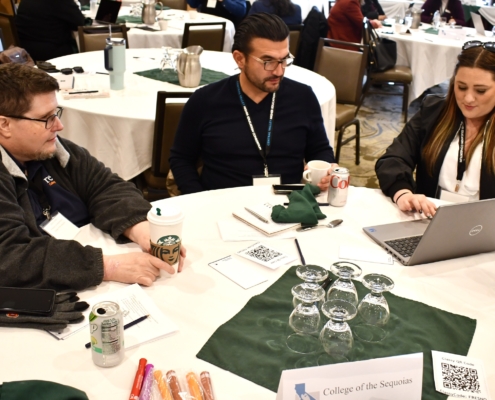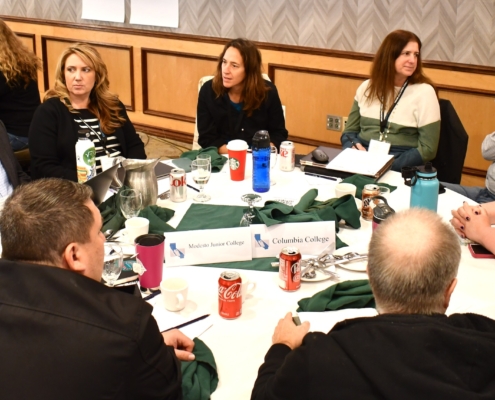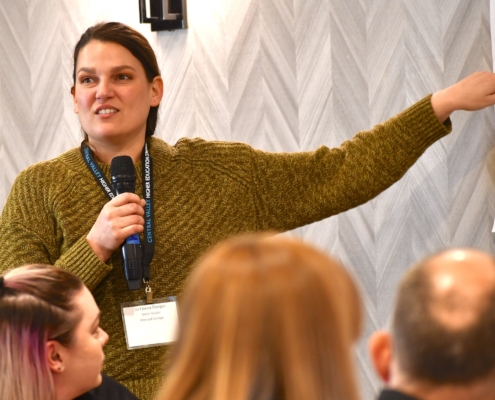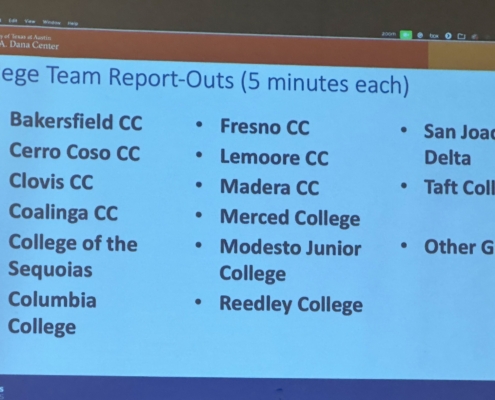‘What the CV-HEC is Happening’ Blog (June): Commencement 2025 – Ellie Oliva
Like many seniors, Ellie Oliva had big college dreams after graduating from high school. But, also like numerous students, her plans changed and she “took a break” to earn some money and “live life” before eventually returning to her academic journey. For this commencement season “What the CV-HEC is Happening” blog, we recruited Ellie to tell her story of not giving up on her dream and eventually experiencing the thrill of graduating from two CVHEC-member colleges in the past 365 days including walking in two commencement events in May — commencement month for most institutions of higher education. Right after her Fresno State graduation May 17, Ellie began her full-time professional career with the Roman Catholic Diocese of Fresno as its communications and engagement coordinator.
The commencement ‘walk’ – a joyous
and validating experience
BY ELLIE OLIVA
Class of 2025 – Fresno State
Growing up, I always had a plan … vague, but a plan nonetheless.
I would graduate high school and go to college — University of Southern California — because staying in Fresno was not a part of that plan, no matter how unsteady that was. I would major in psychology and become a therapist, and that’s where my “plan” ended. Imagine my surprise when it didn’t play out the way I envisioned it.
I started off on-track, graduating from Clovis West High School in 2015. However, after missing several college application deadlines, I detoured from my plan and enrolled at Clovis Community College. I started with psychology, then changed it to liberal studies – thinking maybe I could become a teacher. Finally, I landed in communications. Looking back, these mishaps helped me figure out what I really wanted. By the time I decided to transfer over to Fresno City College, things started to feel right.
I enjoyed my time at Fresno City. Unfortunately, however, no matter how pleasant it was to be in a new environment and pursuing a major I finally liked, there was still something missing. I did not feel motivated or genuinely happy about where I was in my life. I had not been a full-time student since my first semester at Clovis Community, and yet, I still felt like it was too much to keep up with. When the pandemic hit, and everything went online, I took it as a sign to take a much-needed break.
My break ended in spring 2023 when I re-enrolled and completed my Associate of Arts degree at Fresno City College. I had a new plan, new motivation and fire that told me I was back on the right path. By spring 2024, I was a full-time student at Fresno State majoring in Media, Communications and Journalism with an emphasis in Advertising and Public Relations.
Finally enrolled at a four-year university, I was equally excited and intimidated — especially after not being a full-time student since my first semester at Clovis Community. The feeling of being at Fresno State and pursuing a major that I thoroughly enjoyed was indescribable. I could write and be creative while being surrounded by people with similar interests. I could work in a team and share interesting ideas that would be continuously bounced off one another. It all felt so right.
The journey wasn’t over, though. That same semester I made a grad plan with an advisor to map out the rest of my time at Fresno State. I asked if we could make it so I would graduate by spring 2025. It’s not that I was in a hurry, but I was just so excited and the most motivated I had ever been. I wanted to challenge myself and see if I could do it. By fall 2024, my 16 units turned into 18 units and I found myself enrolled in seven classes as well as an internship with the Fresno Arts Council, and still working part-time at a local restaurant. It was a very busy year, but worth it. And, I was still able to make the Dean’s List.
That brings us to the spring 2025 semester, the semester I finally graduated from Fresno State. It was my favorite semester by far. I made new friends and gained incredible experiences with my projects and internship at Fresnoland. I noticed the most growth this semester, personally and academically.
All my hard work was quickly coming to a head. Just the year before, I graduated from Fresno City, and now I was getting ready to walk in not one Fresno State commencement, but two – the College of Arts and Humanities Convocation and the Chicano/Latino Commencement Celebration. The decision to walk in both commencement events was an easy one. I was originally planning to just do the one graduation for my major – Arts and Humanities. However, when my grandparents made me aware of the Chicano/Latino Commencement, I knew it would be important to them, so I agreed to walk in that one as well. I am the first in my family to graduate college, and being able to celebrate my heritage along with this milestone was thrilling.
Getting ready for the Arts and Humanities graduation on May 16 was by far the most surreal moment I had. My friends and I walked through the backstage halls of the Save Mart Center and into the arena where we could see everyone’s friends and families in the stands. Being surrounded by all of my peers, whom I had seen every day for the past year, was an incredible feeling.
The Chicano/Latino Commencement was the next day, May 17, and the high was still there. This commencement was bigger than the one before and much more lively. There were so many students that, after the first section had walked, we took a break which ended up turning into a dance party on the arena floor. There was music, clapping and both crowds (students and attendees) started a wave that went around at least ten times! The shared excitement and joy was beautiful, infectious and unforgettable. It was a true celebration.
All of that leads to where I am now. My undergrad journey has ended, and a new chapter begins. About a month before I graduated, I sought and was offered a position at the Roman Catholic Diocese of Fresno as communications and engagement coordinator. Here at the beginning of June, I am completing my fourth week, and it has been a marvelous experience so far. Graduating with a degree in advertising/public relations as opposed to a psychology degree is gratifying.
My higher education journey has been such a validating experience. I was able to prove to myself that I can do it and I am a hard worker. School was always something I wanted to resume. I am overjoyed that I made that decision because it has brought forth all these opportunities I do not believe I would have gotten otherwise.
Although my original “plan” did not go accordingly, I still am so proud of myself and am excited for what’s next. I am grateful for the higher education opportunities that are available to us today.
(CVHEC blog submissions are welcome for consideration: Tom Uribes, cvheccommunications@mail.fresnostate.edu).

